- News
- Reviews
- Bikes
- Components
- Bar tape & grips
- Bottom brackets
- Brake & gear cables
- Brake & STI levers
- Brake pads & spares
- Brakes
- Cassettes & freewheels
- Chains
- Chainsets & chainrings
- Derailleurs - front
- Derailleurs - rear
- Forks
- Gear levers & shifters
- Groupsets
- Handlebars & extensions
- Headsets
- Hubs
- Inner tubes
- Pedals
- Quick releases & skewers
- Saddles
- Seatposts
- Stems
- Wheels
- Tyres
- Tubeless valves
- Accessories
- Accessories - misc
- Computer mounts
- Bags
- Bar ends
- Bike bags & cases
- Bottle cages
- Bottles
- Cameras
- Car racks
- Child seats
- Computers
- Glasses
- GPS units
- Helmets
- Lights - front
- Lights - rear
- Lights - sets
- Locks
- Mirrors
- Mudguards
- Racks
- Pumps & CO2 inflators
- Puncture kits
- Reflectives
- Smart watches
- Stands and racks
- Trailers
- Clothing
- Health, fitness and nutrition
- Tools and workshop
- Miscellaneous
- Buyers Guides
- Features
- Forum
- Recommends
- Podcast
BUYER'S GUIDE
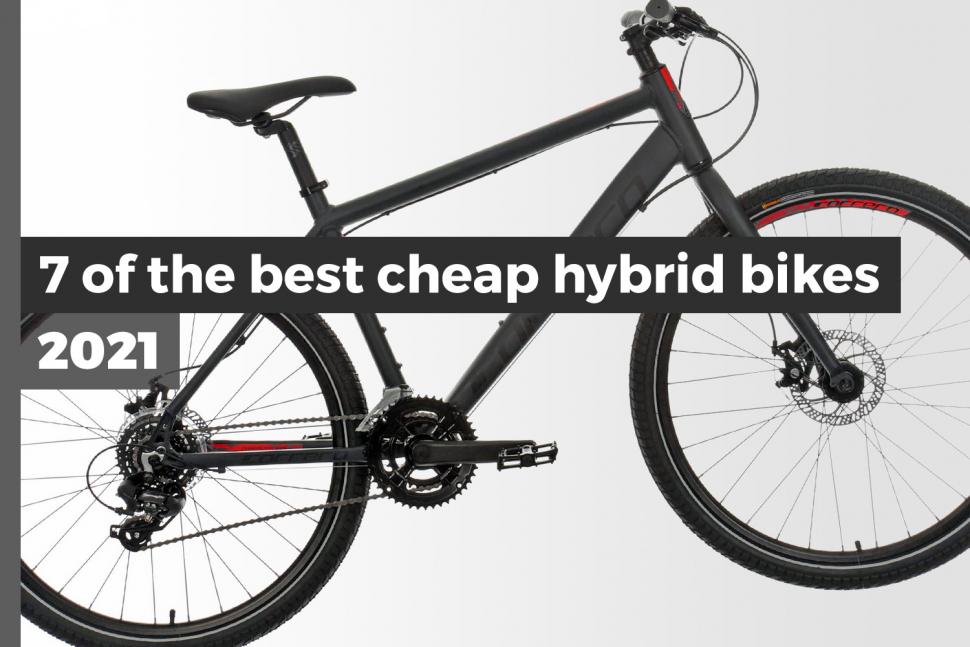 7 of the best cheap hybrid bikes July 2021
7 of the best cheap hybrid bikes July 2021Best hybrid bikes under £500 — daily transport that won't break the bank
Hybrid bikes are Britain's most popular style of bike because they're cheap, practical, comfortable urban transportation that's also ideal for pootling round the lanes or exploring forest roads at the weekend. If you live in a city a hybrid bike is often the cheapest way of getting about: you'll save much more on fuel or bus/train fares than the bike costs. To help you take that step, we've rounded up the best hybrid bikes under £500.
-
With (usually) 700C wheels, wide-range gears, flat bars and cantilever or disc brakes, hybrid bikes are midway between road and mountain bikes. They're the UK's most common and best-selling bike type.
-
The upright riding position makes them great for traffic, and for leisurely rides in the country — slow down and sniff speed the flowers.
-
Oddly few hybrid bikes come with practicalities like mudguards and rack. Budget £50-100 for them and get them fitted when you buy the bike. You'll be glad you did.
-
These bikes are inexpensive transport par excellence, paying for themselves in just a few months if you live in a major city.
Contents: the best cheap hybrid bikes 2021
Seven of the best budget hybrids
Let's take a look at some of your best budget choices in flat-bar bikes. In our buyer's guides we usually recommend an overall best, plus categories like best on a budge. But here, frankly, all of these bikes will do the job, and they'll pretty much get better at it the more you spend. Buy the most expensive one you can afford, unless you ride really crummy roads, in which case go the Subway 1 with its two-inch tyres.
Falcon Explorer — £219.98
The Explorer has 26in wheels (the smallest of the three sizes used for mountain bikes) rather than 700C ones, but that’s not necessarily a bad thing - those smaller wheels are stronger and the fatter tyres should give plenty of comfort and grip. It also comes with a rack as well as mudguards.
The spec is basic but functional. With a single chainring and six-speed gearing it's not a bike for conquering mountains, but it'll provide decent basic transportation for riding relatively flat routes. Its 1.95-inch-wide tyres (50mm) will give you the ability to point and laugh at potholes that made mountain bikes hugely popular as round-town bikes back in the 1990s.
If you want something similar but with 700c wheels (and more gears) the Apollo Belmont (below) is worth checking out.
Want a step-through version? That's the £199.99 Falcon Expression.
Apollo Belmont — £225
The Belmont and women's equivalent the Elyse both have aluminium frames, mudguards, chainguard and rack, making them very practical urban and picnic transport. Halfords provides a free service after six weeks, and will put the bike together for you.
Like virtually all bikes under the £300 mark, both have Shimano gears. In this case they're operated by twist-grip shifters, which control a 21-speed transmission for a wide range of gears. If you've a limited budget and live somewhere hilly, this is the bike to go for.
The 1.5-inch/38mm tyres are almost as pothole-proof as the Explorer or Subway's rubber, but being larger diameter will roll a little easier.
Carrera Subway 1 — £325
This pothole-basher from one of Halfords' in-house brands has mountain bike size 650B/27.5in wheels with lightly treaded, 1.95in wide tyres for round-town speed. That used to be unusual, but it's a spec the Subway shares with Raleigh's Strada, among others.
The aluminium frame is hung with a Shimano gear set, combining a double chainset up front with eight out back for a big range of gears. It might not have quite as many ratios in total as a bike with a triple chainset, but Halfords have smartly combined a 30-tooth smallest chainring with a 34T largest sprocket for a very low bottom gear.
It's also the cheapest bike here with disc brakes for better stopping in the wet, though if you want mudguards to make riding in the rain comfier you'll have to get the shop to add them.
Ridgeback Speed — £399.99
From UK brand Ridgeback, the Speed comes with a rack and mudguards so you don't have to buy them separately. There's a wide gear range too, so you should find hills a doddle, and the very upright riding position will give a commanding view of the traffic.
The Speed rolls on 42mm (1.65in) tyres for pothole resistance and has V-brakes to bring it to a stop.
Elops Hoprider 100 — £399.99
Because French-based sport superstore chain Decathlon sells bikes all over the Continent, its town bikes are tailored for European tastes, which means the Hoprider 100 has a feature that's rare on UK-specced bikes: dynamo lighting.
The lights are powered by a generator in the front hub so they're always ready when you need them.
You also get a gel saddle, mudguards and rack and the Shimano Altus mechs are a notch up in quality over the gears found on cheaper bikes.
There's even a kickstand for convenient parking. It's all very Euro, and that's a good thing.
There's a low-frame version too.
Dawes Discovery 201 2020 — £419.99
Don't judge a bike by its marketplace – this might be an affordable hybrid from family cycling expert Dawes, but the Discovery 201 combines a lively compact aluminium frame with excellent 1x Shimano drivetrain to create a bike that will inspire a smile on your commute or weekend potter.
Even in wet weather and headwinds, this is a fun and 'enthusiastic' bike to pedal. Power transfer isn't compromised and while overall weight at 12.5kg is good enough at this point in the market, the Disco actually rides as sprightly as a lighter hybrid. Acceleration from a standstill is easy and there's a definite satisfaction to be had as you spin up to higher speeds.
Want a rack and mudguards? The Discovery 201 EQ comes with them for £465.00.
Read our review of the Dawes Discovery 201
Find a Dawes dealer
Elops Hoprider 500 — £499.99
The B'Twin Hoprider 500 comes with everything you need to pootle round town, to the office or the shops or just round the park for exercise. It's not the lightest hybrid ever, but it's very well specced for the money.
Off the peg, the Hoprider 500 comes with hub-powered lighting front and rear, mudguards, rack and kickstand. That's a great set of accessories for a hybrid (too often they're just a bare bike) and really makes this bike an excellent choice for commuting and other practical riding.
The model up from the Hoprider 100, it has a suspension fork to improve comfort over rough ground, and the transmission takes a step up in quality to eight-speed Acera.
Less obvious, but very welcome, it also comes with Kenda puncture-resistant tyres and trigger shifters rather than the twist-grips of the cheaper model. You even get a fairly decent set of metal-bodied pedals, a significant step up from the resin-bodied jobs found on most budget bikes.
There's also a low-frame version.
Read our review of the very similar B'Twin Hoprider 520.
Stuff you need to know about cheap hybrids
The name hybrid comes from a design style that bridges mountain bikes and road bikes. A hybrid bike typically has the upright riding position and flat bars of a mountain bike, but the skinny tyres and 700C wheels of a road bike.
Within that description there's a lot of variation. At one end of the scale are flat-bar road bikes, which as the description suggests have the very skinny tyres and lightweight, close-coupled frames of a road bike, but with a flat bar. Just the thing for zooming through sun-drenched Tuscan lanes, if not so great for rainy, potholed British city streets.
Where the rubber hits the road
Fatter tyres with deeper treads are more common though, and usually provide grip and cushioning that make these bikes really versatile. You can easily take a hybrid bike to places where you'd hesitate to ride a road bike, or where very skinny tyres need a high level of skill and care. Canal towpaths, forest roads and easier singletrack trails are all accessible.
That's especially true as hybrid designers have picked up on trends in off-road bike design. Both mountain bikes and their drop-bar cousins gravel bikes have come to accommodate fatter and fatter tyres in the last few years, and hybrids have followed suit. You'll find hybrids with 1.6-inch/40mm tyres and room in the frame for even bigger rubber those fat tyres make a big difference to comfort, and also to the bike's ability to crunch through potholes without damage.
Gearing
Gears on cheap hybrid bikes fall into two classes. The 'Keep It Simple, Stupid' philosophy leads to bikes with just a single chainring up front and seven sprockets at the back so you only have to worry about one control to shift gears. That's great for flatter riding, but you might want a bigger gear range if you live somewhere hilly.
To provide this, hybrid designers usually go for a chainset with three sprockets up front. The smallest one gives low gears for climbing hills, the middle one is for cruising on the flat and the big one for zooming down hills. However, inexperienced riders are often bamboozled by all the options and end up grinding along in the biggest chainring. If you're thinking of buying a bike with a triple chainset, insist the salesperson talks you through how the gears work — you're paying for them, you might as well use them.
Stopping
You'll find two types of brake on cheap hybrids: 'V-brakes' that act on the wheel rim, named for the shape of their calipers, and disc brakes that act on a braking surface mounted on the hub and known as a 'rotor' because just calling it a disc would be far too easy to understand.
Both have their pros and cons. V-brakes are simple, it's fairly obviously how they work, and you can see if, for example the pads are getting worn. But because they act on the rim they don't work as well when the rim gets wet or damaged. Discs work better in the wet, and don't care if your rim's dented but with an enclosed mechanism it's not obvious if the pads are getting worn, and they're more expensive. Neverthless their superior stopping power means discs are what you usually find on bike at the upper end of our price range.
Hybrid benefits
As transport, hybrid bikes often come with accessories that other bikes lack — even relatively practical ones like cyclocross-styled urban bikes. It's common to get mudguards, a rack and even dynamo lighting in the package, which can save you a big chunk over buying them separately.
Hybrids are great budget transport. You can pick one up for less than £150, and by the time you get up the price range to around £300 there are some really quite nice bikes.
Bung even a £300 bike on Cycle To Work Scheme and you'll barely notice the payments disappearing from your pay packet. In fact, in many cities, you'll be better off. Compared to a London Zone 1-3 Travelcard at £167.10 per month, a £192.00 Bristol Plus travelpass or a Cambridge Megarider Plus bus ticket at £100/four weeks, the repayments for a hybrid are trivial.
Explore the complete archive of reviews of urban and hybrid bikes on road.cc
About road.cc Buyer's Guides
The aim of road.cc buyer's guides is to give you the most, authoritative, objective and up-to-date buying advice. We continuously update and republish our guides, checking prices, availability and looking for the best deals.
Our guides include links to websites where you can buy the featured products. Like most sites we make a small amount of money if you buy something after clicking on one of those links. We want you to be happy with what you buy, so we only include a product if we think it's one of the best of its kind.
As far as possible that means recommending equipment that we have actually reviewed, but we also include products that are popular, highly-regarded benchmarks in their categories.
Here's some more information on how road.cc makes money.
You can also find further guides on our sister sites off.road.cc and ebiketips.
road.cc buyer's guides are maintained by the road.cc tech team. Email us with comments, corrections or queries.
John has been writing about bikes and cycling for over 30 years since discovering that people were mug enough to pay him for it rather than expecting him to do an honest day's work.
He was heavily involved in the mountain bike boom of the late 1980s as a racer, team manager and race promoter, and that led to writing for Mountain Biking UK magazine shortly after its inception. He got the gig by phoning up the editor and telling him the magazine was rubbish and he could do better. Rather than telling him to get lost, MBUK editor Tym Manley called John’s bluff and the rest is history.
Since then he has worked on MTB Pro magazine and was editor of Maximum Mountain Bike and Australian Mountain Bike magazines, before switching to the web in 2000 to work for CyclingNews.com. Along with road.cc founder Tony Farrelly, John was on the launch team for BikeRadar.com and subsequently became editor in chief of Future Publishing’s group of cycling magazines and websites, including Cycling Plus, MBUK, What Mountain Bike and Procycling.
John has also written for Cyclist magazine, edited the BikeMagic website and was founding editor of TotalWomensCycling.com before handing over to someone far more representative of the site's main audience.
He joined road.cc in 2013. He lives in Cambridge where the lack of hills is more than made up for by the headwinds.
Latest Comments
- hawkinspeter 43 min 1 sec ago
The obvious answer to that question is whether you support genocide or not. It's similar to claiming that Nazis shouldn't be punched because that...
- chrisonabike 1 hour 43 min ago
The issue is we just end up with wider vehicles parked on the road because they won't fit the garage *, and it being more likely that drivers will...
- Pub bike 2 hours 10 min ago
He is up against the global trading system, which has obviously been in the news a lot lately. Framebuilders in other countries can undercut him,...
- David9694 3 hours 43 min ago
Stouport residents bemoan huge traffic queues through town...
- rookybiker 14 hours 37 min ago
The trailer seems to connect to both ends of the rear axle. Can it do tight corners without dragging the tyre sideways?
- froze 14 hours 40 min ago
Motorists have always been unkind to cyclists, but distracted driving is adding to the problem....
- Destroyer666 15 hours 34 min ago
Have you owned Bont shoes? In my experience even the widest Lake shoes have had a bizarre form of narrowing way too much in the toe area. But the...
- froze 16 hours 1 min ago
Not sure if this is possible, but this news letter goes out all over the world, and some places like Decathlon does not send stuff to America, in...
- Hirsute 16 hours 46 min ago
I'm confused as to why you'd need bib shorts indoors.

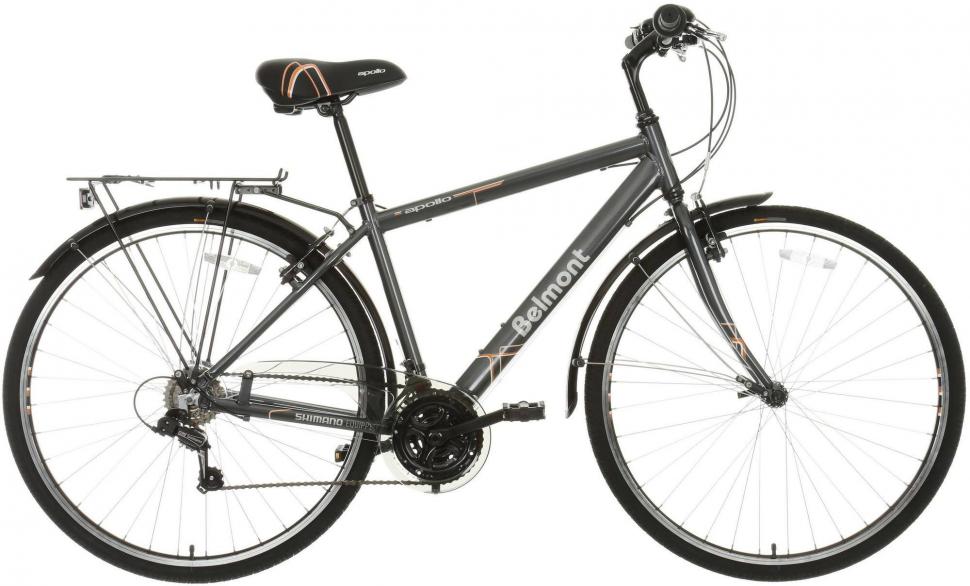
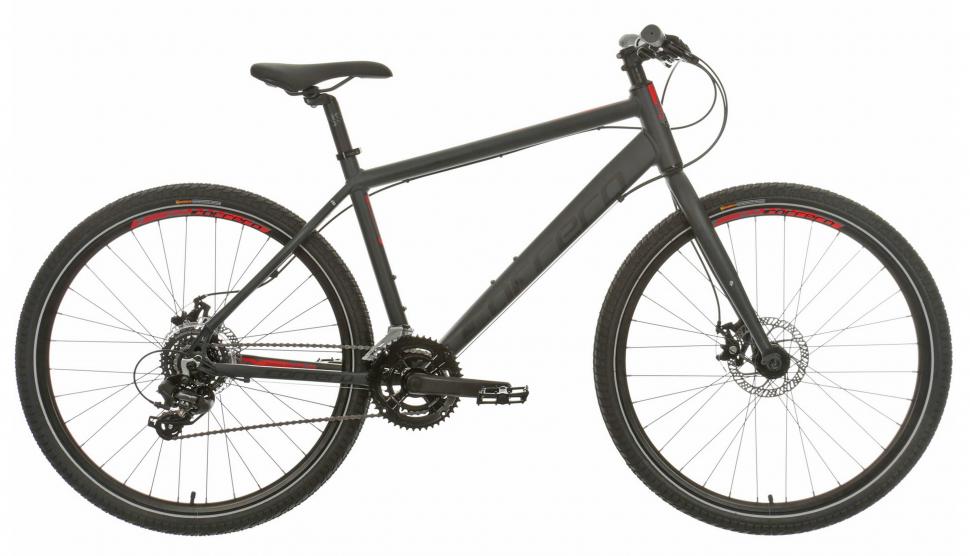

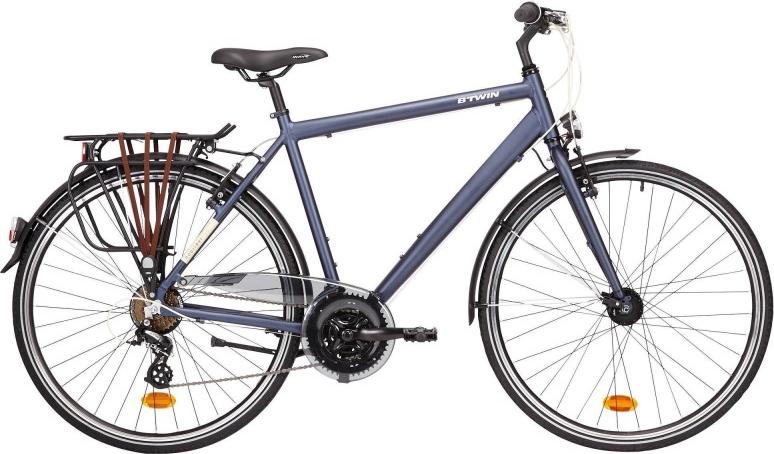
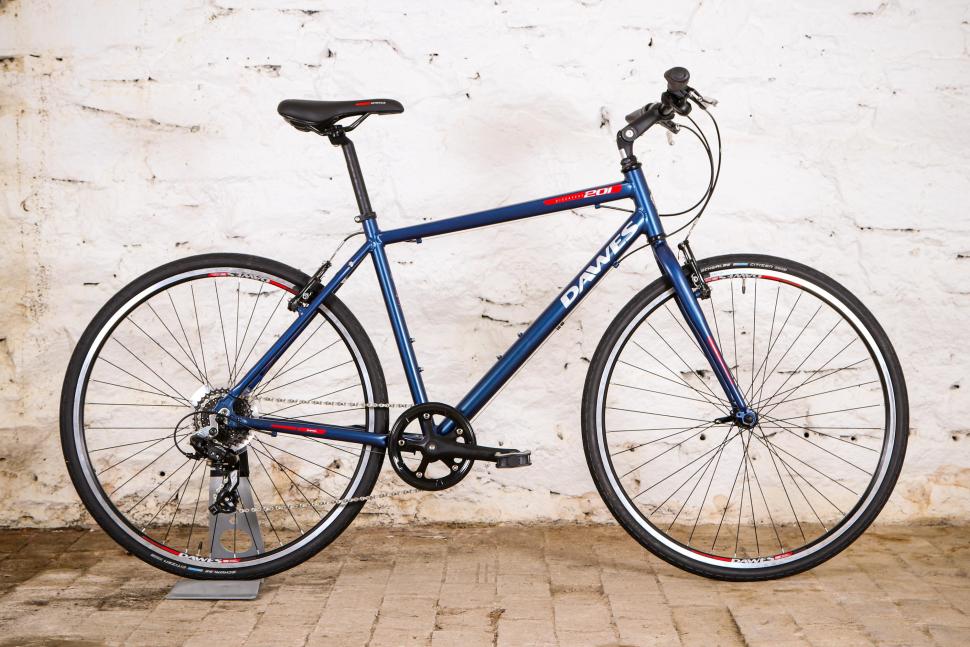

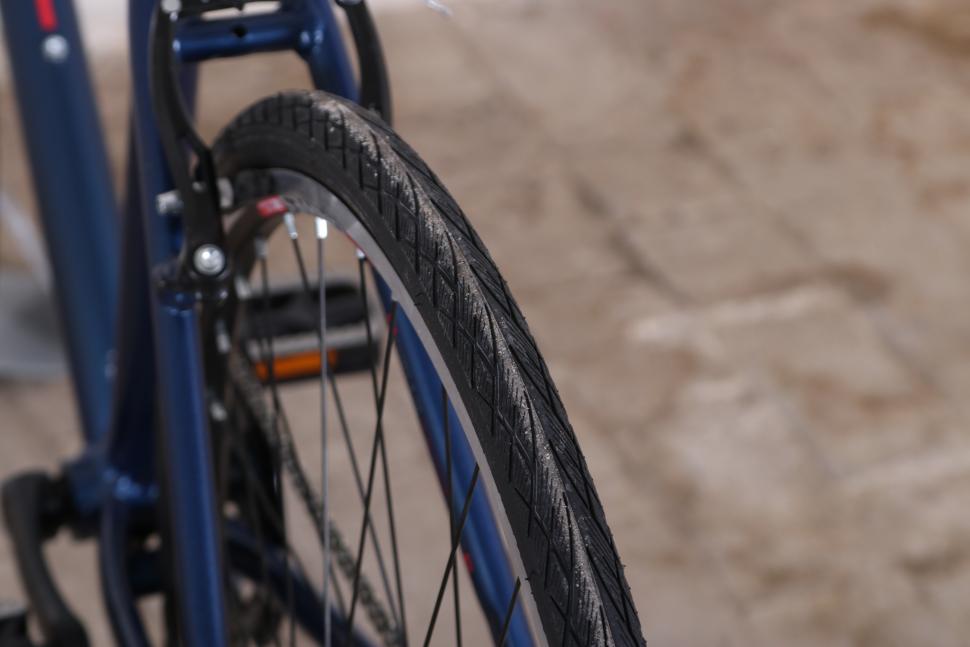
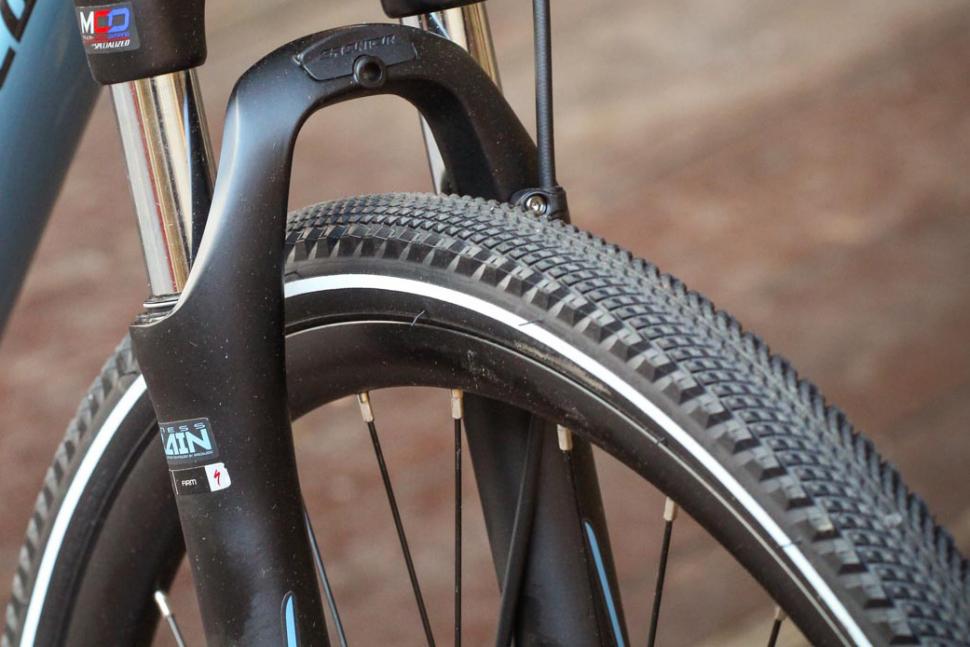




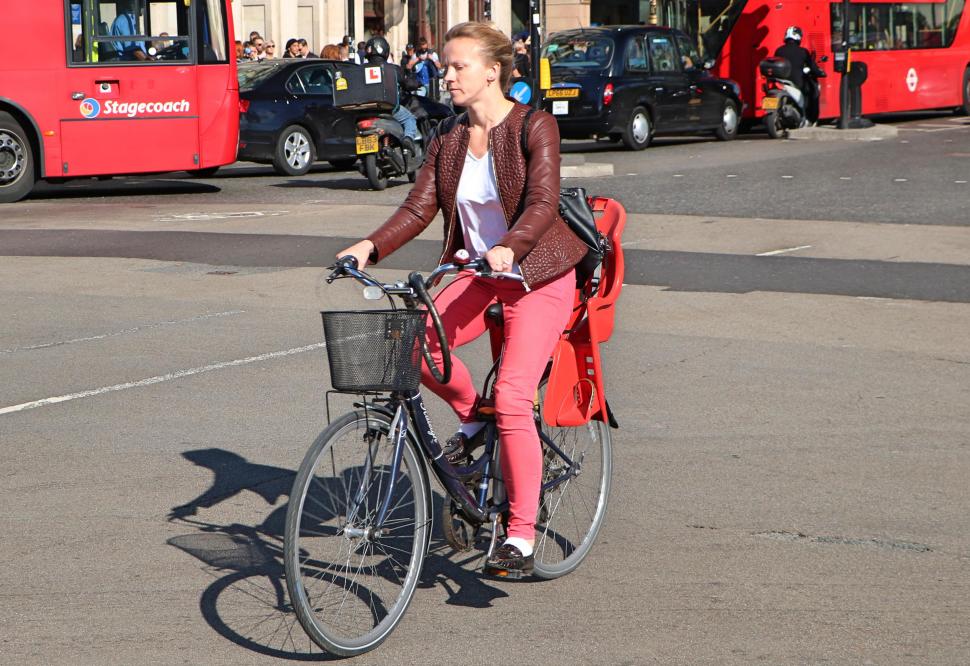
Add new comment
4 comments
Halfords call the Carrera Subway a hybrid bike but what it really is, is a rigid mountain bike, the only thing its missing is a suspension fork to call it a mountain bike so its fully capable of being taken fully off-road. Also it has a freehub based drivetrain so is not 3x7 its 3x8 I believe unless they have downgraded the model. It's the best bike there by far, extremely versatile, strong and with low maintenance requirements. I agree about the pricing though, halfords pricing is like a rollercoaster and its at full height at the moment. Wait until you can get it closer to £250. Also there are 2 Subways one with mechanical disc brakes and one with hydraulic, I'd go with mechanical for a commuting bike but hydraulic if you plan to take it off-road onto trails.
tempted by the Hoprider 500... I have an e-bike for my commute (7 miles each way) but am tempted to use a non e-bike for those days when I want some exercise... turning the e-assist down is not the same... it becomes like cycling into treacle...
A bike with no light or no mudguards is not as cheap as it looks, actually.
I've never much liked the 700c/hybrid standard for utility bikes, much preferring 26". But then I'm not particularly tall.
And after almost half a century of swinging my leg over a cross bar, I can't understand why step through frames have not become ubiquitous.